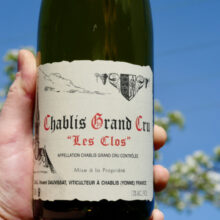
Product information
Vincent Dauvissat Chablis Grand Cru ‘Les Clos’ 2021
$1,250
Description
A discreet application of wood suffuses the restrained and beautifully layered nose of mineral reduction, iodine, tidal pool, white orchard fruit and a vague hint of phenolic character. The super-sleek, dense and intense broad-shouldered flavors possess a palate etching mouthfeel while delivering simply remarkable length on the stony, austere and very dry finale that is akin to rolling small rocks around the mouth. The intensity really builds as it sits on the palate and overall, this beauty is superb. Drink 2033+
Allen Meadows, Burghound 95 Points
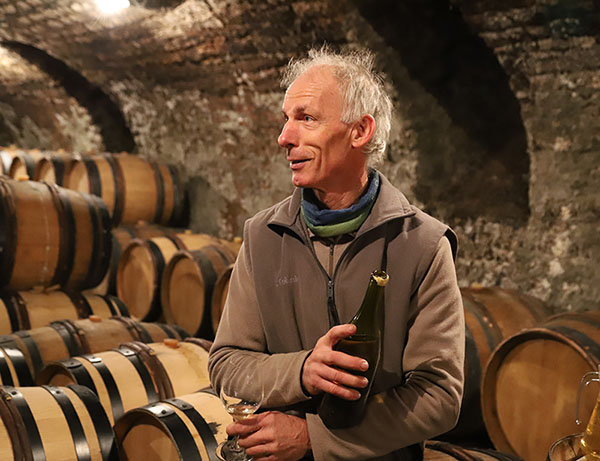
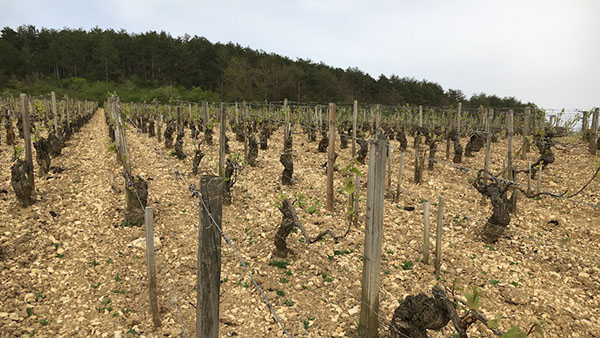
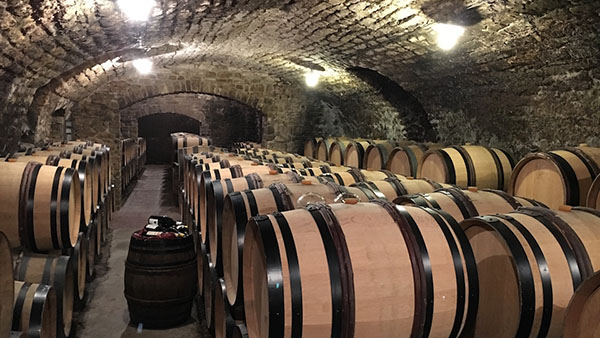
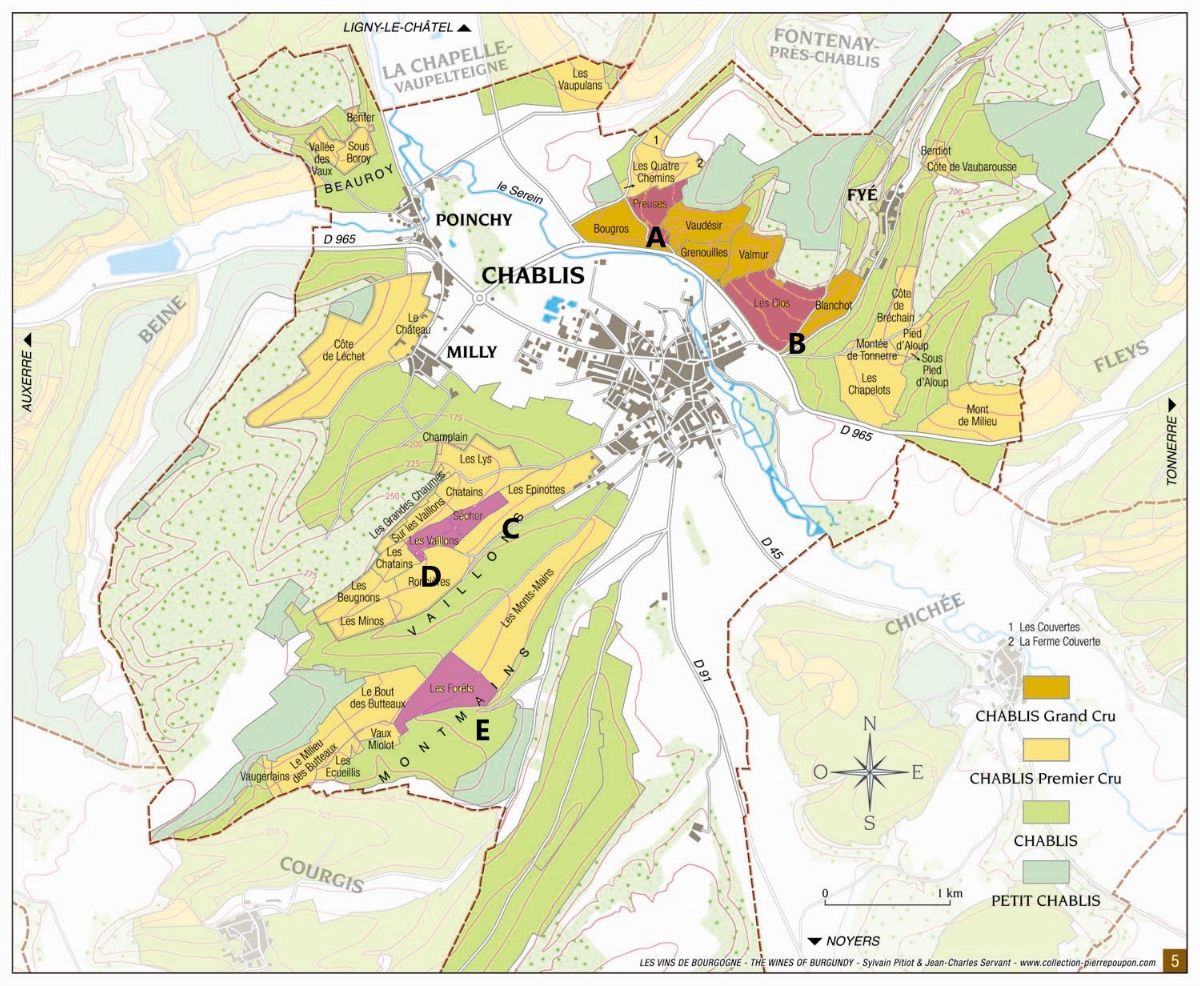
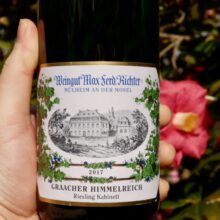
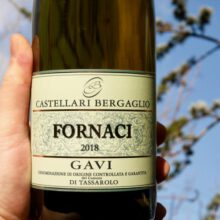

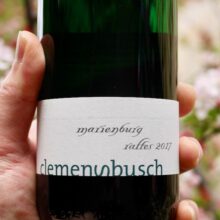
You must be logged in to post a comment.